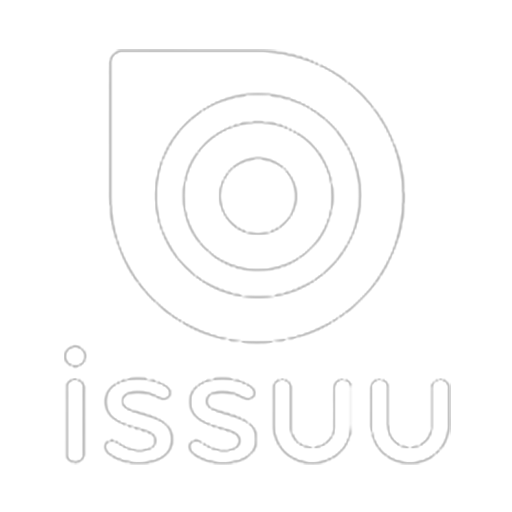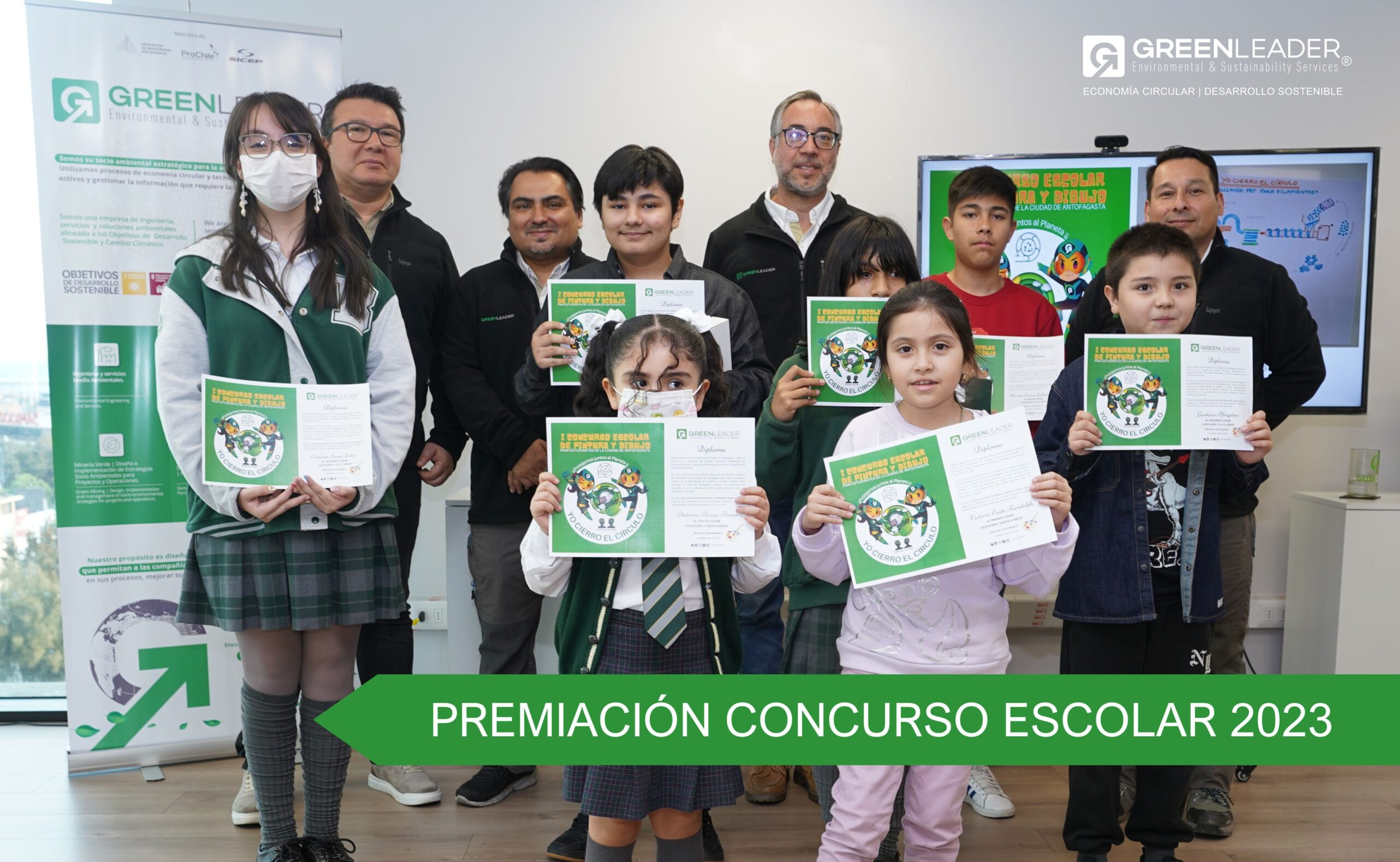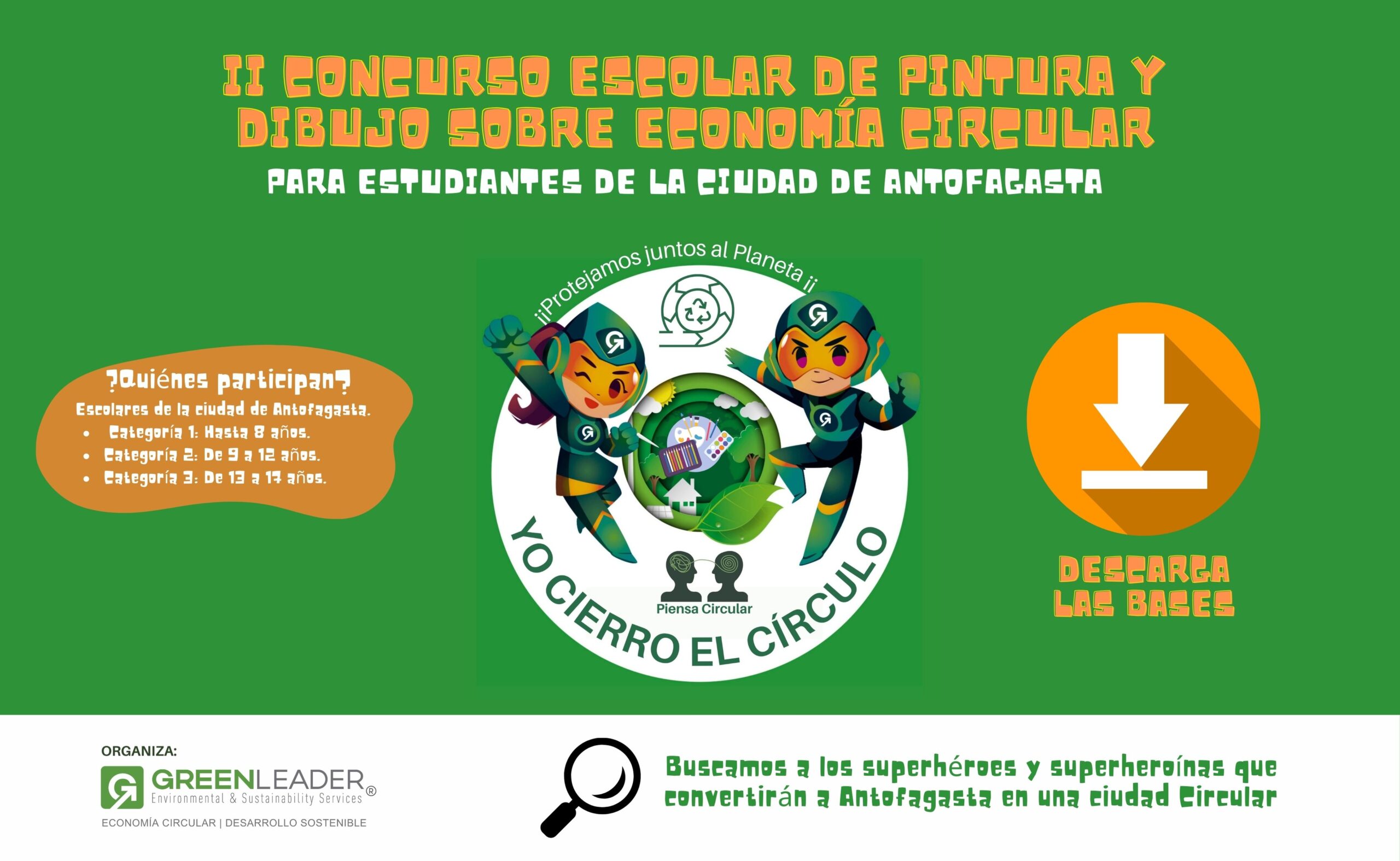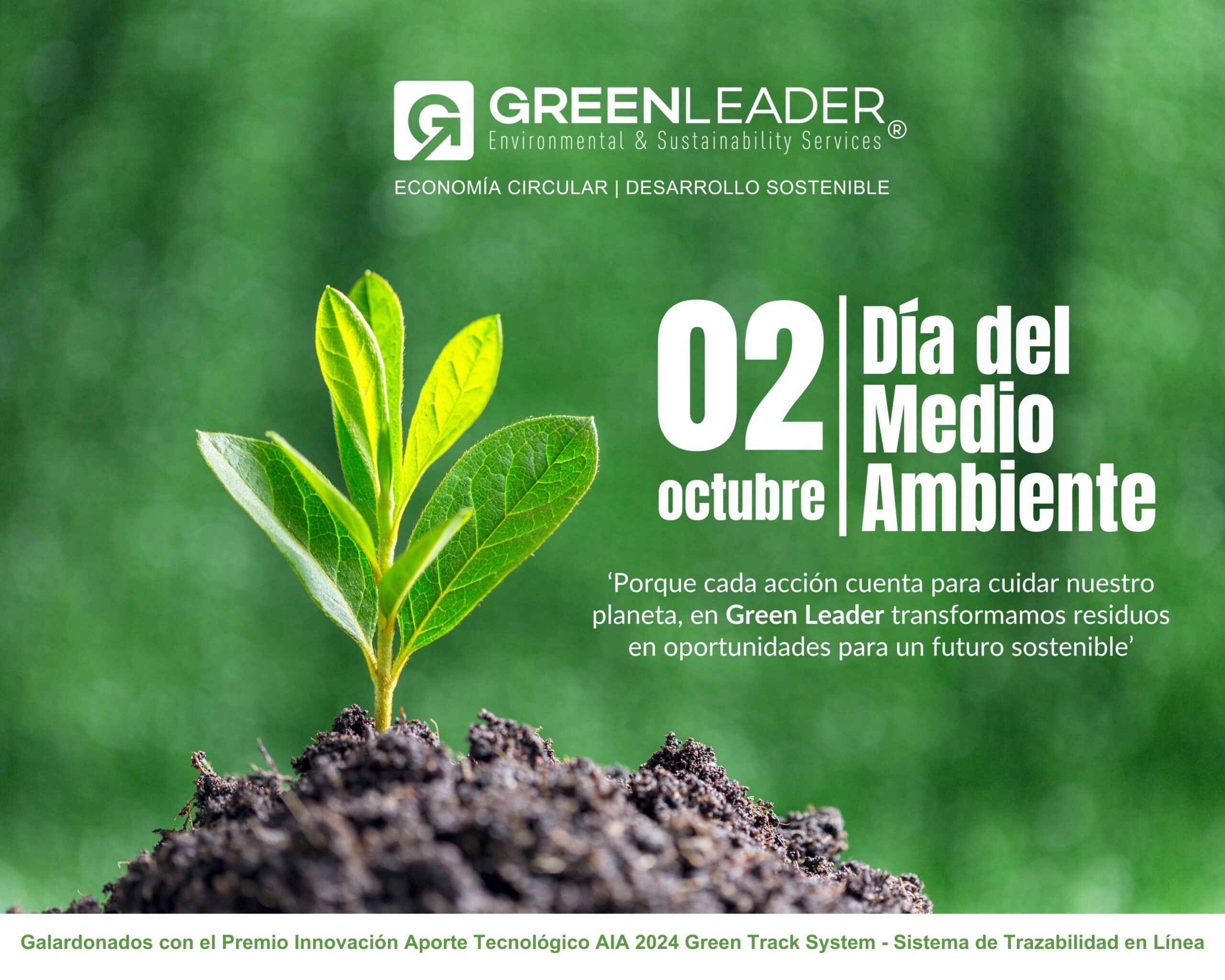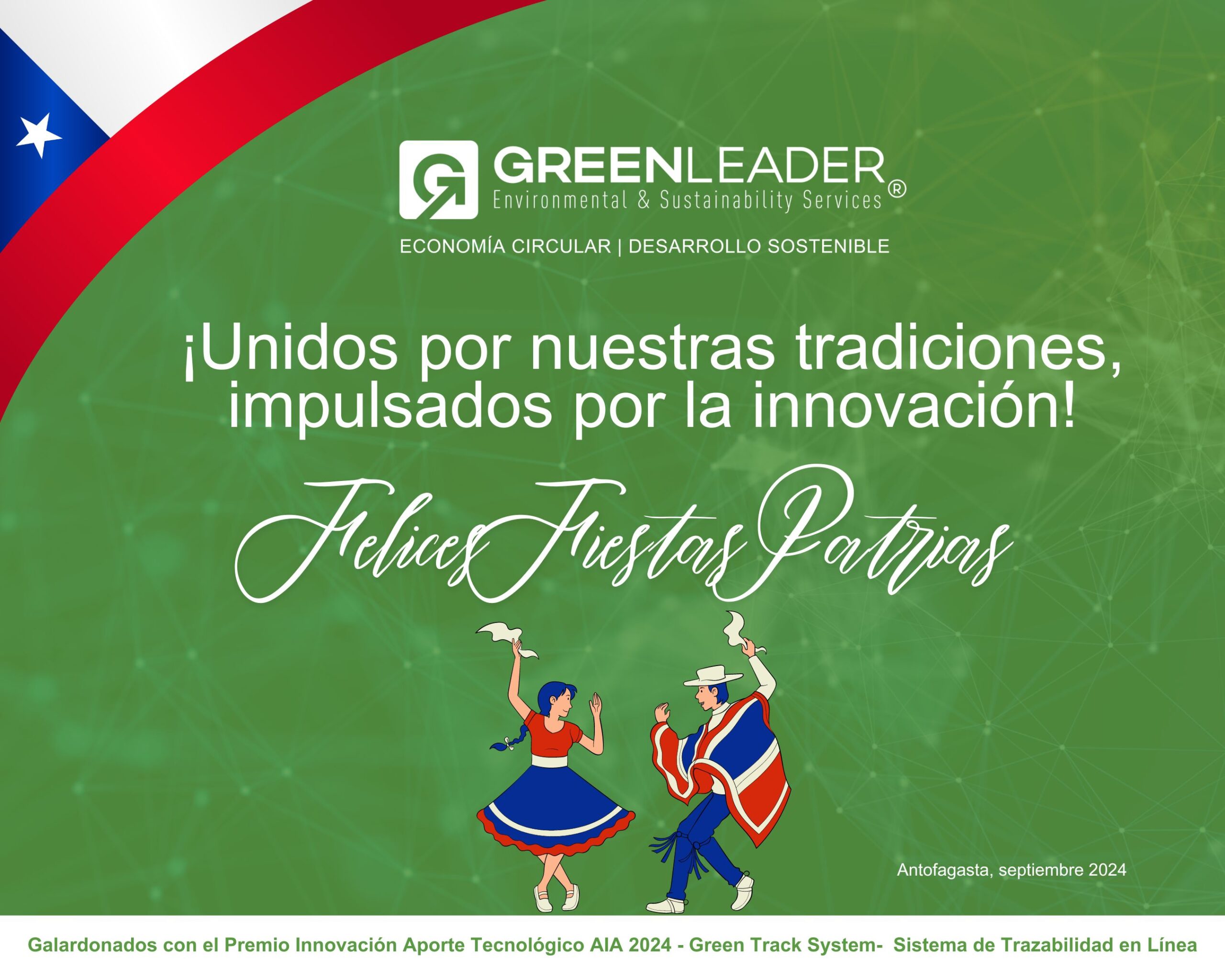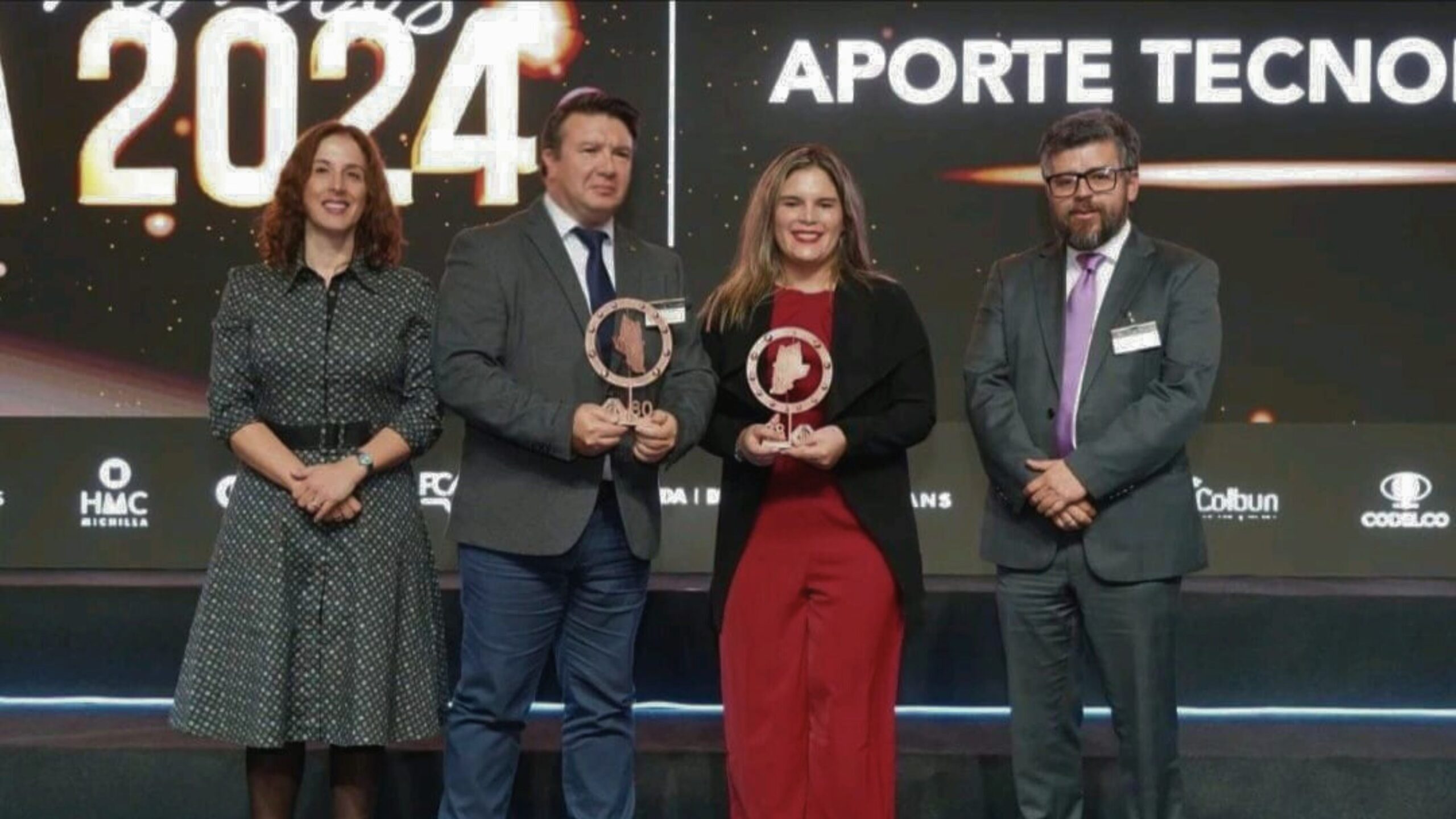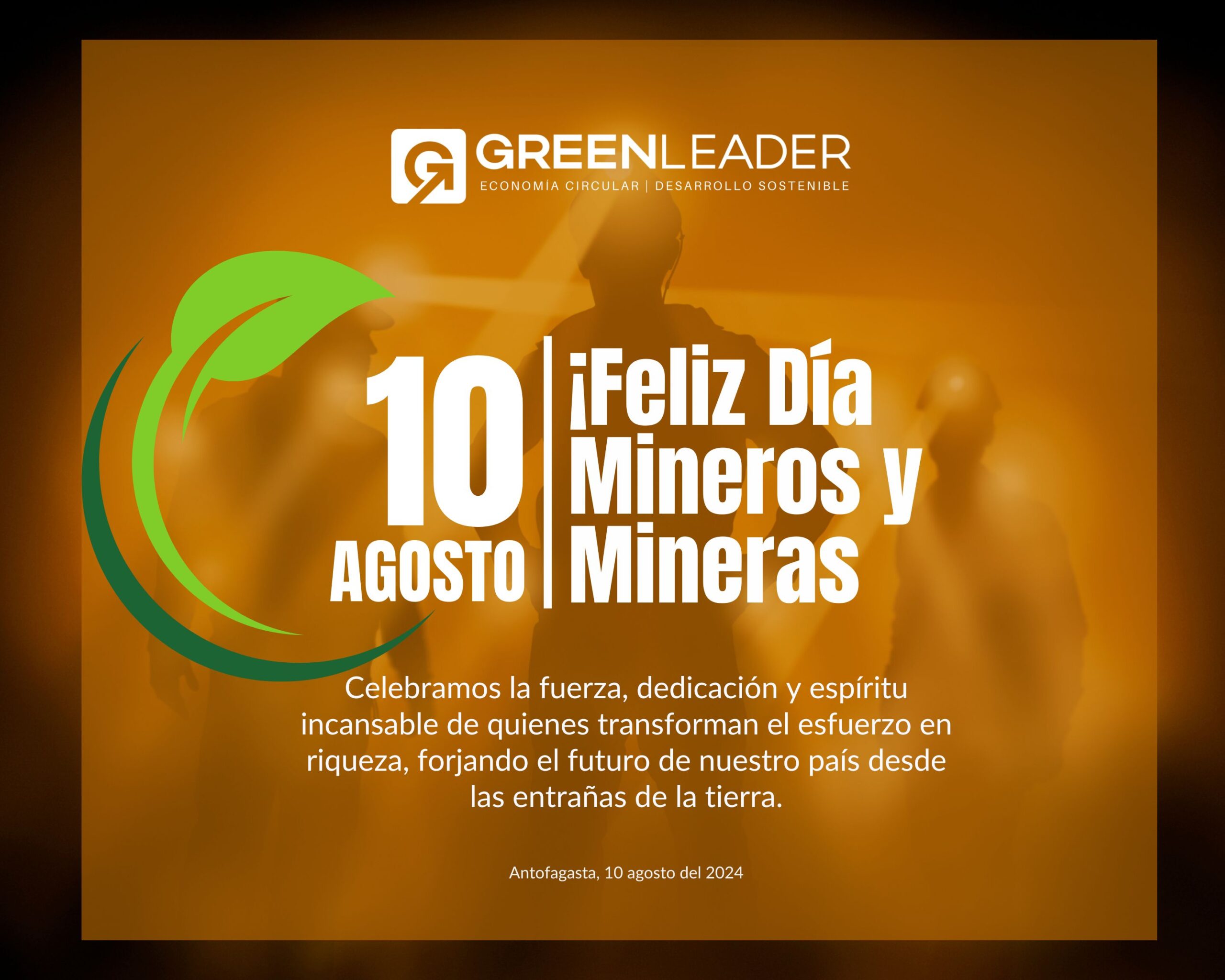It is pointed out that this economic sector is one of those with the greatest long-term prospects, and Chile has enviable competitive advantages, such as leading global copper production (28%) and possessing the largest reserves of this metal on the planet (23%).
"If you add to these advantages the increasing demand from humanity, which urgently needs this noble metal, as well as lithium, to combat climate change by 2050, you realize that, in the game of Supply and Demand, mining is by far the most promising productive sector for the country. Therefore, thinking about the development of Chileans based on a strategy grounded in this sector requires a long-term perspective that calls upon all stakeholders because it will require a reordering of national priorities. This will make it essential for everyone to understand what it involves, where the emphasis will be, and how each person will be directly or indirectly benefited as a resident of this country. In this way, you will be giving legitimacy to the strategy."
One of the significant challenges still pending for Chile to fully develop its mining industry is that society as a whole identifies with and feels part of the development of this productive sector. While we are taught from early childhood that our country, as interpreted by Mercedes Sosa in the song "Con Todos," is copper and minerals, the reality is that this industry is often viewed from a distance by those not involved in it, and what's even worse, it is seen with suspicion.
This statement is not foreign to the mining ecosystem, as President of the Expomin Congress, Amparo Cornejo, clearly stated in the opening ceremony of the 2023 Expo. She mentioned that the Globescan consultant's report, conducted in 27 countries regarding the performance of various economic sectors and their responsibilities to society, places mining in the second-to-last position, well below oil and gas, and only above tobacco.
The immediate conclusion is that society mistrusts mining, which is complex in itself because the social license to operate is the entry door, and in some unfortunate cases, the exit for the success of mining projects. Many acknowledge that things were done very differently in the past, environmentally, in terms of regulation, and community engagement. This historical practice still lingers in the collective consciousness, despite significant advances - although still insufficient - in various areas, and the growing urgency of minerals (primarily copper and lithium) for combating climate change in the world.
Given this perspective, the question that arises is how to face the challenge of improving society's trust. It's true that significant progress has been made, and world-class standards have been achieved, increasingly demanded by international markets and investors. However, the essential challenge is to establish a sense of identification between people and the mining industry, making them feel a part of it and thereby building trust.
Answering this question is not simple because it requires a broader perspective and a higher-level view to understand that Chile urgently needs a corporate update of its Vision, Mission, and Purpose. The vision allows us to visualize the future with long-term goals. The mission, on the other hand, grounds us in the present, outlining how we will reach our desired future. The purpose, in line with the previous definitions, establishes the underlying "why" behind what we want to do. Perhaps this profound discussion has not yet taken place in our country, but if it had happened 15 years ago, when signals indicated declining economic growth and productivity, it could have spared us many recent historical episodes.
Chile's Development Strategy
Returning to the point, if we quickly analyze what Chile's Development Strategy, we'll explore different possibilities. Many might think it revolves around the various resources and products that characterize our exports, such as copper, salmon, cherries, and poultry, primarily. However, a development strategy necessarily involves the requirement of innovation. What is innovation? In simple terms, it's an updated way of doing what we've been doing to create new value. This includes, from a business perspective, designing a long-term plan and a series of actions that allow us to differentiate ourselves from our competitors through a unique competitive advantage, translating into dividends for shareholders, in other words, an improved quality of life for Chilean men and women.
With this differentiating competitive advantage, Chile has everything it needs to define its National Development Strategy , particularly in the mining sector, specifically copper and lithium. Chile not only leads global markets with 28% of red metal production but also holds the world's largest reserves of this mineral, with 200 million tons, or 23%. This is followed by Australia with 11%, Peru with 10%, and the United States with 6%, according to the U.S. Geological Survey (USGS).
Regarding lithium, Chile also possesses significant reserves on a global scale, ranking fourth with 11 million tons, following Bolivia, Argentina, and the United States, according to the USGS. As a country, we must regain the momentum lost, not only because of the significant contribution it made to the treasury last year, exceeding $5 billion (double that of Codelco), but also due to the strong and growing demand behind it. This demand drove a 65% increase in its price during 2022, reaching an all-time high of $80,000 per ton in November. While it has experienced a substantial decrease of nearly 50% this year, its price is expected to stabilize in the coming months.
Added to this, perhaps equally relevant, is the growing demand for these minerals in the context of humanity's decarbonization efforts by 2050 to combat the effects of climate change. In fact, the World Bank (2020) estimated that by mid-century, 3 billion tons of minerals and metals (primarily copper, lithium, and cobalt) will be required for the implementation of clean energy to achieve the goal of keeping temperatures below 2°C in the future.
The convergence of these two aspects, supply and demand, is perhaps the most significant evidence for this profound discussion. Undoubtedly, the time has come to move toward defining a Development Strategy for Chile, based on sustainable mining of copper and lithium. This strategy should allow us to project ourselves as a country in the long term, resulting in public-private partnerships, especially where the private sector's know-how is leveraged. This is especially important at a time when the industry is going through a series of definitions that will be influenced by the Mining Royalty and the National Lithium Policy, setting the course for our country.
I hold the hope that the discussion has a sufficient foundation, and that our country can soon have a Development Strategybased on sustainable mining, built by all stakeholders, which conveys clearly and concretely to all Chileans what kind of developed Chile we will build (vision), how it will be realized (mission), and what the country needs from each of us to achieve that goal, in other words, a shared purpose. Only in this way, I dare to say, will we make progress towards gaining the long-awaited trust of society in the mining activity and, as the next step, achieving development.
